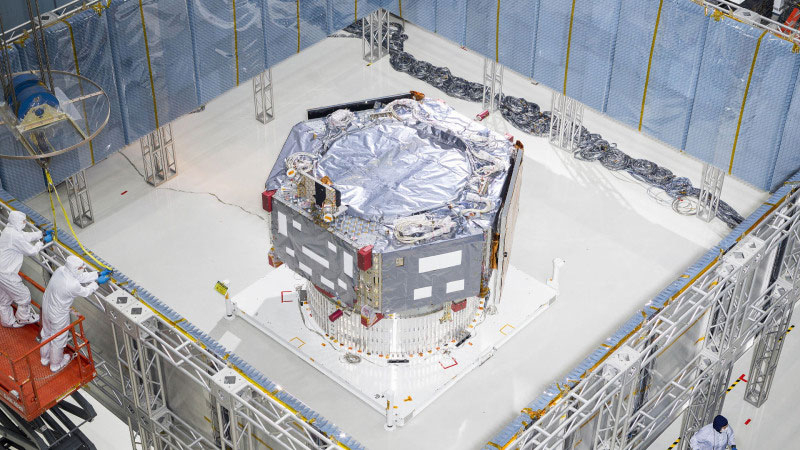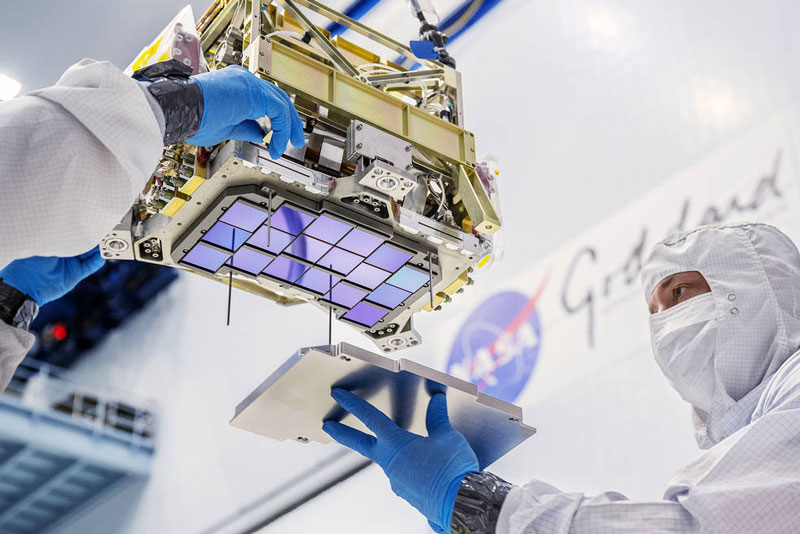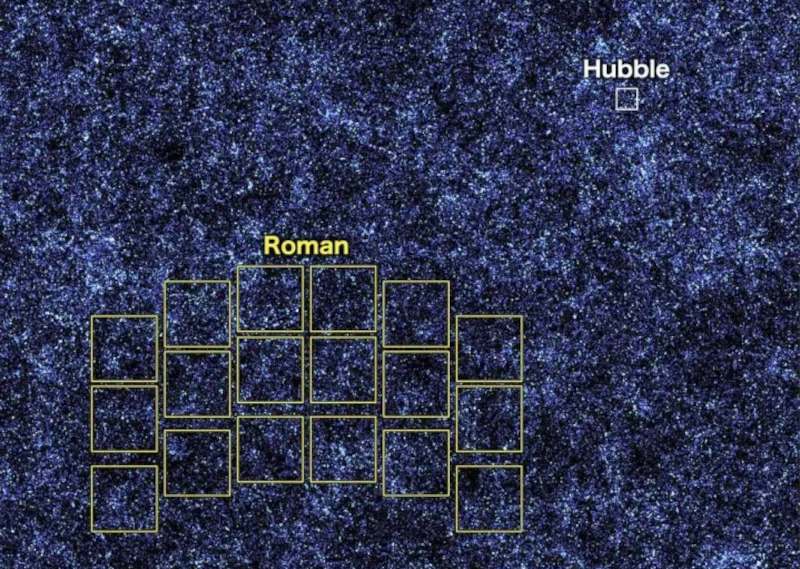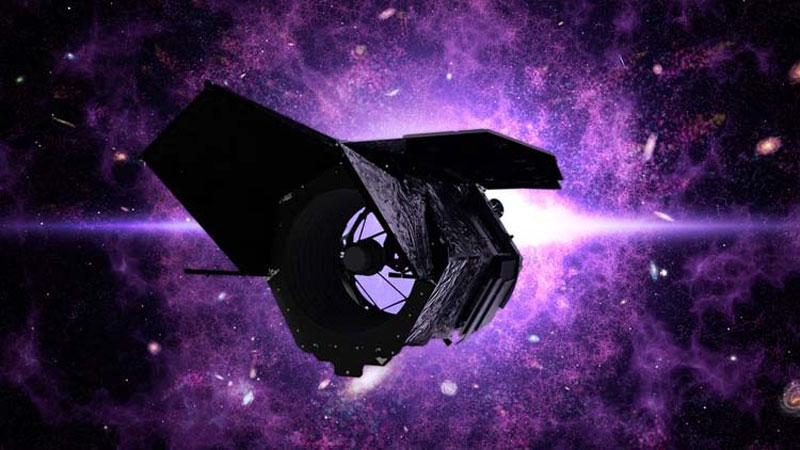NASA reported that the assembly of the core of the Nancy Grace Roman space observatory is generally complete. The target launch date remains May 2027. No critical problems or delays are expected. The next step is to begin installing equipment and instruments on the bus of the spacecraft, which will deliver the equipment approximately to where the space observatory is currently operating. James Webb.

Image source: NASA
The core or bus of the observatory is a hexagonal frame with a body 4 m wide and 2 m high. The motor, power supply and control units for the observatory will be built into this frame, after which the 2.4-m main mirror will be mounted. The small dimensions compared to the Webb mirror (the latter is 6.5 meters) should not be confusing. Roman has the same mirror as Hubble, which is enough for high-quality and detailed views of the sky, but Roman will have an incredible advantage over these two telescopes – it will be able to image an area 100 times larger at a time sky than Hubble.

A wide field of view for the new telescope will be provided by a 288-megapixel matrix. Every day, this observatory will transmit 1.4 terabytes of data to Earth. For comparison, Webb sends scientists up to 60 GB of data per day, and Hubble – 3 GB. Wide coverage will help make many discoveries, including fast transients. For example, this is important for the discovery of new exoplanets using the transit method.

The observatory will have sensitivity in the optical range and in the near-infrared range, for which it will be sent to the L2 Lagrange point. Its infrared sensors should not suffer from excess heat, suggesting constant cooling to -178 °C. The requirements are not as stringent as for the purely infrared Webb, but it is still better to keep the Roman away from the Sun.
